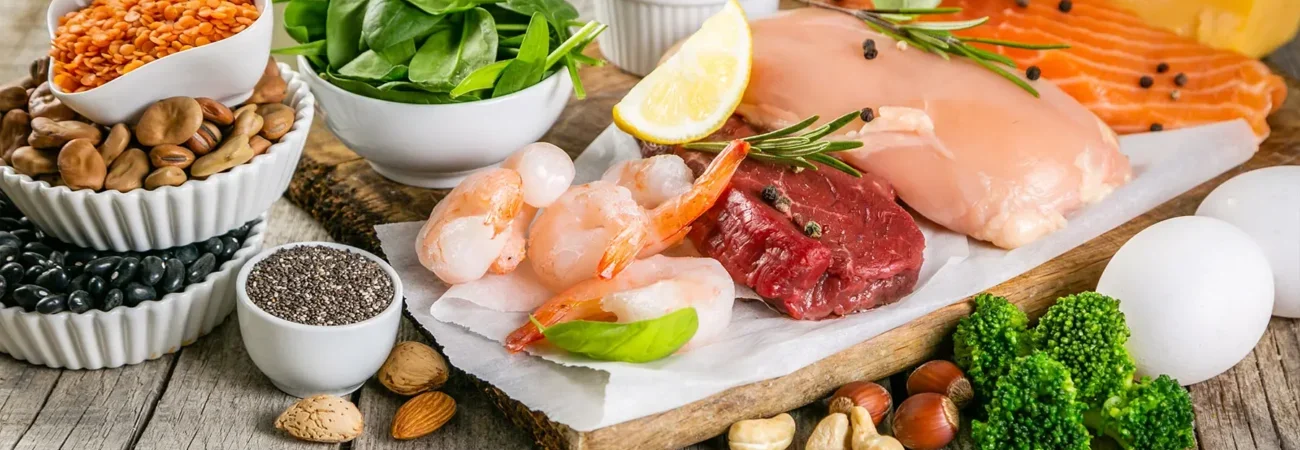The ketogenic (keto) diet has gained widespread popularity for its potential to aid weight loss and improve metabolic health. Centered around high fat, moderate protein, and very low carbohydrate intake, the keto diet triggers a metabolic state called ketosis, in which the body burns fat for fuel instead of carbohydrates. This shift can significantly support fat loss while preserving muscle mass.
In this article, we’ll explore how the keto diet works for weight loss, its benefits and risks, and how to structure an effective keto diet plan.
What is the Keto Diet?
The keto diet is a low-carb, high-fat eating plan that typically consists of:
70–75% fat
20–25% protein
5–10% carbohydrates
By drastically reducing carbohydrate intake (usually to 20–50 grams per day), the body enters ketosis, where it breaks down fat into ketones for energy. This process can lead to significant fat loss over time.
How Keto Aids in Weight Loss

Reduces Insulin Levels
Lower carbohydrate intake reduces insulin spikes, encouraging fat burning and reducing fat storage.Suppresses Appetite
High-fat and high-protein foods promote satiety, reducing the urge to snack or overeat.Boosts Fat Burning
In ketosis, the body becomes highly efficient at burning stored fat for energy.Improves Metabolic Efficiency
Many people on keto experience more stable energy levels, fewer sugar crashes, and reduced cravings.
Sample Keto Diet Plan for Weight Loss
Here’s a simple 7-day keto meal plan to get started:
Day 1
Breakfast: Scrambled eggs with spinach cooked in butter
Lunch: Grilled chicken salad with olive oil and avocado
Dinner: Baked salmon with asparagus and garlic butter
Day 2
Breakfast: Keto coffee (coffee with MCT oil and butter)
Lunch: Tuna salad in lettuce wraps
Dinner: Zucchini noodles with creamy pesto and grilled shrimp
Day 3
Breakfast: Chia seed pudding with coconut milk
Lunch: Egg salad with olives and leafy greens
Dinner: Beef stir-fry with broccoli cooked in sesame oil
Day 4
Breakfast: Omelet with mushrooms, cheese, and avocado
Lunch: Grilled turkey with cauliflower mash
Dinner: Pork chops with roasted Brussels sprouts
Day 5
Breakfast: Greek yogurt (unsweetened) with flaxseed and almonds
Lunch: Chicken lettuce wraps with guacamole
Dinner: Shrimp in garlic butter with spinach sauté
Day 6
Breakfast: Almond flour pancakes with sugar-free syrup
Lunch: Cobb salad with bacon, eggs, and ranch dressing
Dinner: Lamb chops with mashed cauliflower and green beans
Day 7
Breakfast: Boiled eggs and avocado
Lunch: Zoodle (zucchini noodles) bowl with chicken and Alfredo sauce
Dinner: Grilled steak with herb butter and a side salad
Keto-Friendly Foods to Include
Proteins: Eggs, chicken, beef, pork, fish
Fats: Avocados, nuts, seeds, olive oil, coconut oil, butter
Low-Carb Vegetables: Spinach, kale, broccoli, zucchini, cauliflower
Dairy (in moderation): Cheese, heavy cream, full-fat yogurt
Other: Berries (in small amounts), coffee, tea, herbs and spices
Foods to Avoid
High-carb foods: Bread, pasta, rice, potatoes, sugar, most fruits
Processed foods: Sugary snacks, baked goods, chips, soda
Unhealthy fats: Hydrogenated oils, trans fats
Tips for Success on a Keto Diet
Stay Hydrated: Keto can lead to water loss, so drink plenty of fluids.
Electrolyte Balance: Ensure adequate intake of sodium, potassium, and magnesium.
Meal Prep: Planning meals in advance prevents unhealthy choices.
Track Macros: Use apps to monitor fat, protein, and carb intake.
Expect Keto Flu: Temporary side effects like fatigue or headaches may occur in the first few days.
Potential Risks and Considerations

While effective for many, the keto diet may not be suitable for everyone. Possible side effects include:
Constipation due to low fiber intake
Nutrient deficiencies if not well-balanced
Keto flu (temporary symptoms like fatigue and nausea)
Elevated cholesterol in some individuals
Consult your doctor or a registered dietitian before starting keto, especially if you have pre-existing medical conditions.
Conclusion
The keto diet can be a powerful tool for weight loss, especially for those who respond well to low-carb eating. By prioritizing whole, nutrient-dense foods and maintaining the proper macro balance, many people experience reduced appetite, improved fat burning, and better energy levels.
However, long-term success requires commitment, planning, and possibly medical guidance. As with any diet, the best plan is one that you can follow sustainably and that supports your overall health.

